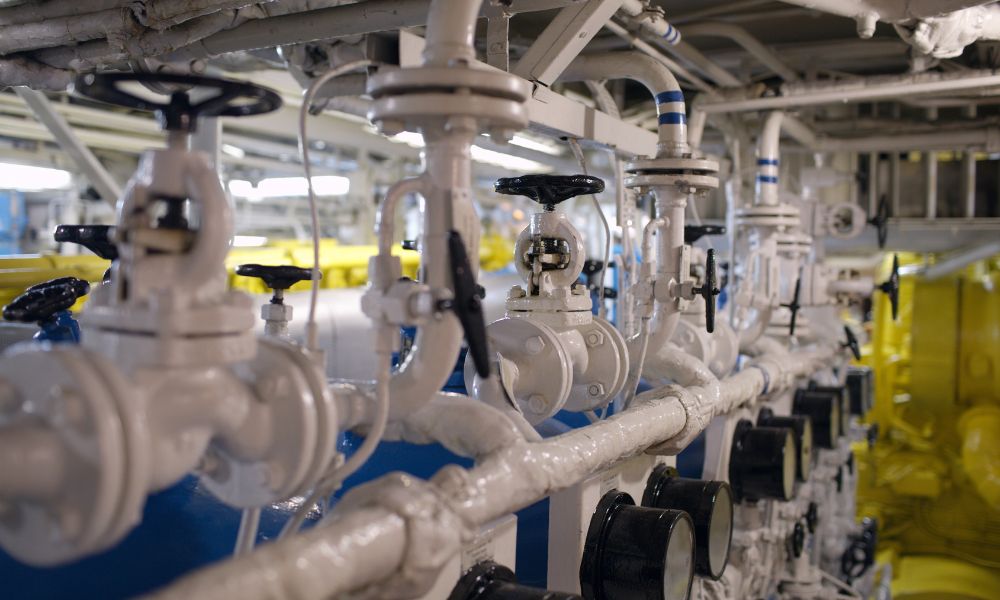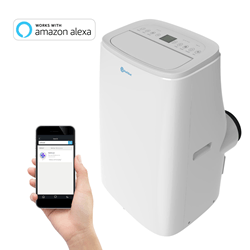A Beginner’s Guide to Marine Piping Systems

Marine piping systems are essential components of any boat or vessel. They provide fuel, air, and water throughout the entire ship. Understanding the basics of marine piping systems is important to ensure that your boat runs smoothly and safely.
Learn more with this beginner’s guide to marine piping systems and the components involved.
Types of Marine Piping Systems
Two main marine piping systems are used on boats today: freshwater and seawater.
Freshwater piping systems are one of the many uses of copper-nickel. They normally consist of copper pipes transporting clean drinking water through tanks, sinks, showers, and toilets.
Seawater systems use different materials—such as stainless steel or plastic tubing—because they must be able to withstand corrosion caused by saltwater exposure. These pipes carry seawater from the boat’s engine through its cooling system and then overboard into the ocean.
Installation & Maintenance
A qualified professional who understands how these complex networks work should install marine piping systems. The installer will determine where all the pipes should go and how each pipe fits in with one another to create an efficient system.
Once installed, it is important to inspect and maintain these marine piping systems regularly to keep them functioning properly over time. This inspection includes checking for rust or corrosion on exposed pipes, ensuring all joints are tight, and replacing any faulty parts as necessary.
Safety Precautions
Marine piping systems can present a safety risk if not maintained properly. For example, fuel lines should always be checked for leaks before every voyage since gasoline vapors can easily ignite in enclosed spaces such as cabins or engine compartments.
It is also important to secure all valves tightly. This way, rough seas or collisions with other vessels won’t allow seawater to enter and contaminate the freshwater supply.
Understanding marine piping systems is essential to owning a boat or vessel. With proper installation and ongoing maintenance, these complex networks can help ensure your vessel runs smoothly and safely out at sea while protecting it from potential damage caused by corrosion or leakage over time.





